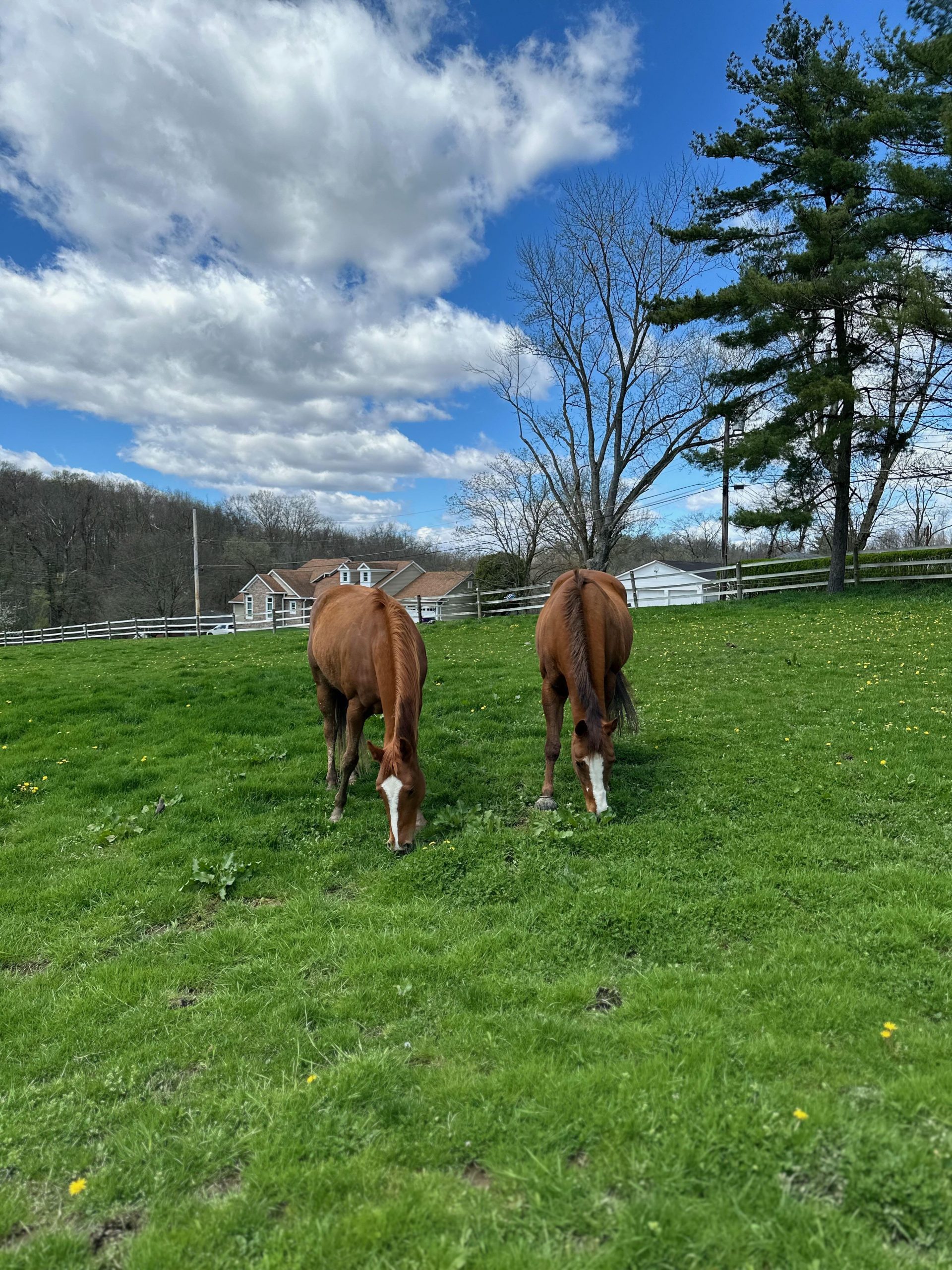Canva/CC
A current article printed by the Paulick Report centered on the findings of equine surgeon Dr. Larry Bramlage who argues that rigorously managed turnout will be important to the therapeutic of equine skeletal accidents — usually so than prolonged stall relaxation. Permitting motion encourages bone reworking, preserves joint integrity, and helps general psychological well-being throughout restoration
In response to Dr. Bramlage, bones reply to mechanical loading: when a horse strikes — even at a stroll or mild trot — strained bone tissue encourages new bone formation. This mechanical stimulus boosts bone density and accelerates therapeutic. In distinction, stall confinement reduces load-bearing exercise and slows the restoration course of. Managed turnout supplies the exact stimulus wanted to kickstart skeletal restore with out overloading the harm.
Additional, motion helps cartilage upkeep and joint lubrication. Horses saved in stalls usually endure from stiffer joints and poorer resilience, whereas these turned out usually keep higher joint flexibility and well being. In essence, movement preserves joint integrity and should cut back the event of arthritic adjustments throughout restoration.

Two of the various chestnut mares at my barn having fun with some turnout. Photograph by DeAnn Lengthy Sloan.
Past bones and joints, turnout helps psychological well being. Horses confined for lengthy intervals incessantly develop stress-related behaviors. Entry to pure environment, contemporary air, and freedom to maneuver helps cut back stress — and decrease stress ranges translate into extra environment friendly therapeutic and fewer threat of re-injury as soon as rehabilitation begins.
Nevertheless, they kind of turnout is important. Dr. Bramlage isn’t advocating for unfettered turnout for an injured horse, and emphasizes the significance of customizing turnout primarily based on the particular harm and restoration stage. For instance, restricted turnout on secure footing could also be ideally suited early in therapeutic, whereas regularly growing allotted time helps advance bone and tissue adaptation. Blindly permitting full pasture entry too quickly or preserving a horse confined too lengthy can each hinder restoration.
Different research reinforce Bramlage’s place. Mississippi State College and Kentucky Efficiency Merchandise each level out that horses turned out usually develop stronger bones, ligaments, and tendons, particularly when began throughout progress phases. Conversely, extended stall relaxation has persistently been linked to decreased bone density, cartilage degeneration, and elevated tendon harm threat. In response to an article printed within the Equine Veterinary Journal, paddock turnout early in life can cut back the probability of future orthopedic illness.

Canva/CC
Listed here are the sensible take‑aways for horse house owners:
Work carefully together with your veterinarian to create a tailor-made rehab and turnout plan.
Keep away from each extremes: stunted restoration from over‑restriction or re‑harm from early over‑load.
Don’t default to stall relaxation except completely essential — managed turnout will be higher.
Monitor conduct and motion — guarantee turnout areas are secure and footing is suitable.
Re-evaluate usually: as therapeutic progresses, regularly improve turnout time or house.
When used strategically, turnout turns into a robust a part of equine rehabilitation—serving to horses get better stronger, more healthy, and extra balanced than earlier than.

Canva/CC








